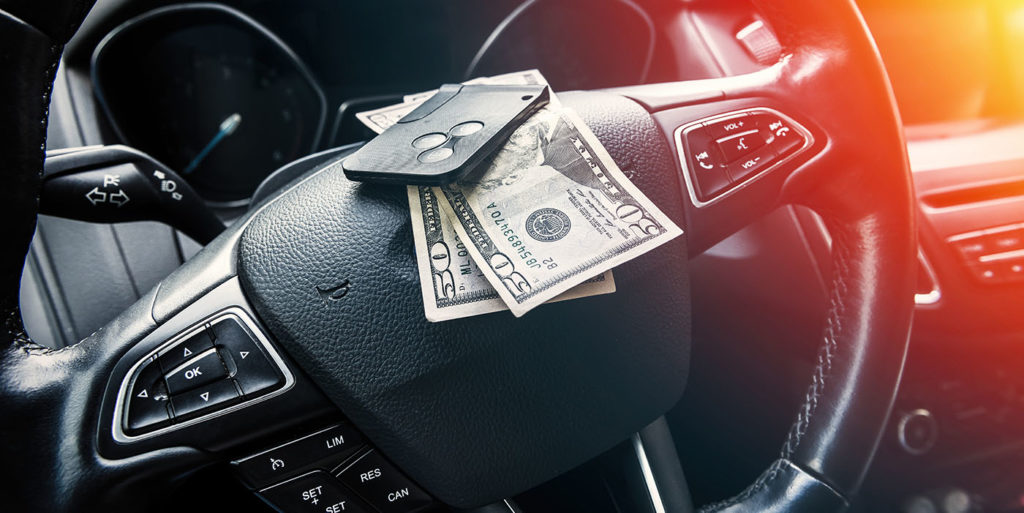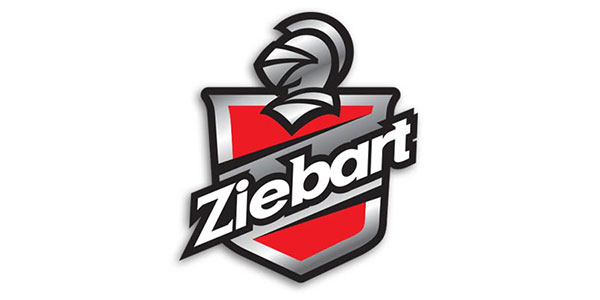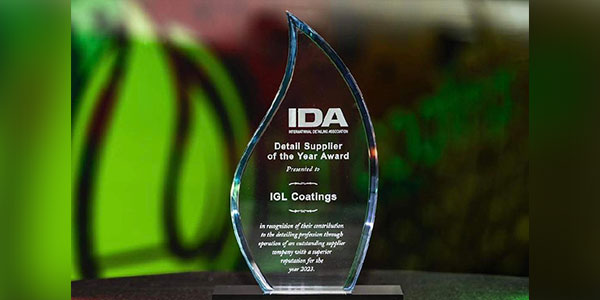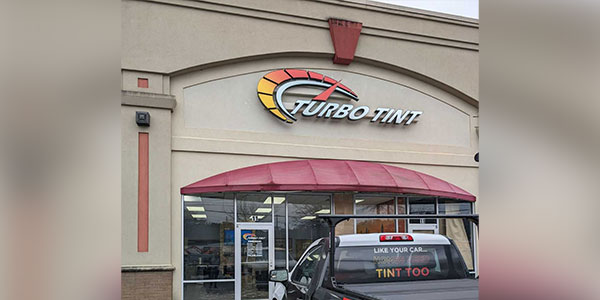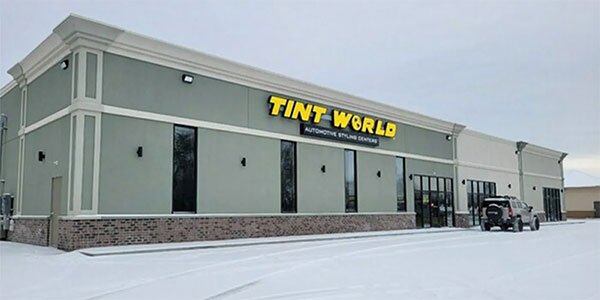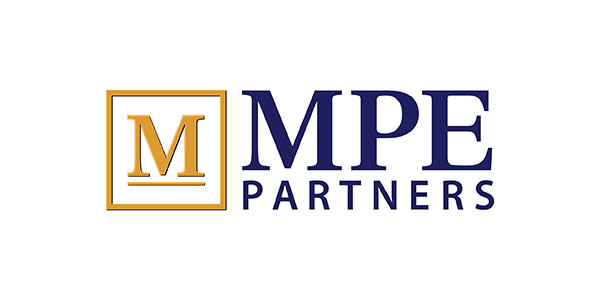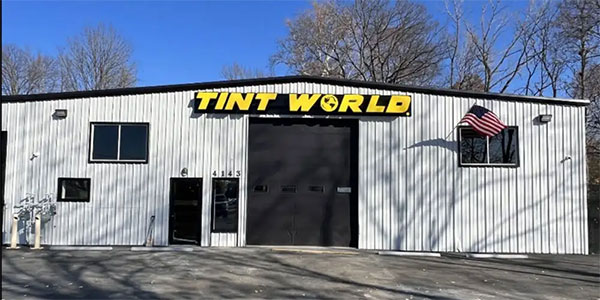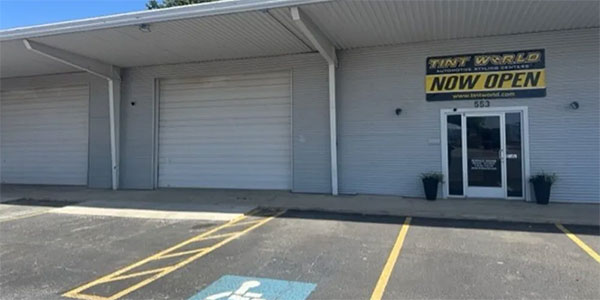As the operator of two detail centers for years and having set up hundreds of people in the detail business all over the world, I’ve come to certain conclusions about pricing detailing services. Whether in the U.S. or Thimphu, Bhutan, the principles of good business in general and operating a successful detail business specifically are the same.
As I proceed with this article, remember this one important factor: Price is never an obstacle unless you make it one.
Posted versus estimate pricing
The many detailers I consult with have mixed opinions on posted prices or estimate prices. Everyone has a reason, right or wrong, for his or her opinion, and I respect that; however, I do not agree with those who post prices on service boards, printed menus and in advertising. Why?
Let me give you a simple and to-the-point example that I personally experienced a few years back while working in my own detail centers. One location was across the driveway from a very large and busy full service automatic carwash that would wash 500 to 800 cars on a Saturday. The cars would line up, and you could see the drivers looking over at our four-bay/one-wash bay detail building in a very busy “auto mall.” We had excellent signage on the front of the building indicating our name — DETAIL PLUS Car Appearance Centers — in the center and a listing of some of the more common services we offered on each side.
When customers placed their orders at the carwash, some would get out of their cars and walk over to the detail center. What I noticed with these customers was the following:
- Some would look in the window at the price menu and walk away.
- Some would come into the customer service area, read the price menu board, and then walk away (even when I asked if I could help them).
- Some would ask for a price menu (which we had at that time with posted prices) and walk out.
This happened a lot, and I asked myself, “Why is this happening? I do not even get a chance to talk to the customers; they just look at the service board with prices or take a menu with prices and then walk away.”
Related: Setting the right prices for detailing
I mentioned this to a good friend of mine who is a marketing and sales consultant, and his first words to me were, “Bud, you are allowing the sales window to close before it is even open.”
Think about that a moment. By posting prices, the customer was making a decision about whether to do business with us based solely on posted prices.
As my friend said, “Bud, who is the expert on the cosmetic needs of the vehicle: you or the customer?” Obviously, I am the expert. So, if I know more about the needs of the vehicle, then I should explain that to the customer. Sure, some do have an idea of what they think their vehicles need. However, in the end I am the expert, not them.
My friend continued, “Bud, when you go to the doctor or dentist, do you tell them what you want them to do? Of course you don’t — you give them a symptom and let them diagnose the problem and tell you what you need done and why. Do you go to the mechanic and tell him exactly what you want done to your vehicle? No, you tell them what you think is wrong, and they diagnose the problem and others and, again, tell you what the vehicle needs and why.”
Well, being a reasonably smart guy, after my discussion with my friend, I immediately removed the service menu board from the wall — never to put it up again — and threw out all our menus with prices. I reprinted a two-sided menu. One side denoted five different detail packages that any customer would need done to his or her vehicle; the other side listed à la carte detail services (engine clean, carpet shampoo, mat shampoo, hand carwash) with prices plus any extra services we provided, such as windshield chip repair, headlight restoration, paint chip touch-up, carpet dyeing, etc. Some of these prices were estimates.
Now, every customer who walked over from the carwash or just came in asking, “How much?” had to wait on me. If I was available, I would immediately talk to the customer; if I was on the phone or with a customer, I would tell them I would be right with them.
Then the approach was, “How can I help you?” The reply would be a number of different scenarios, including:
- “How much for a detail?”
- “How much to wax my car?”
- “How much for a carpet shampoo?”
My first reply was, “Is the vehicle here so that I can look at it?” In almost all cases, it was.
Next, I used the ABC sales method: Ask questions, build the ticket and then close the deal. First, ask the relevant questions:
- Has the vehicle ever been detailed?
- When was the last time?
- Do you park the vehicle indoors during the day, or is the vehicle exposed to the elements?
- Do you put it in a garage at night or park it outside?
These questions create a situation in the customer’s mind, leading them to think, “Gosh, I guess I have not been taking good care of my vehicle.”
Next, you begin to build the sales ticket by addressing the particular need the customer has for the vehicle. Say they want to know how much it costs to wax the car (which most often means fix the paint, take out the scratches and make it shine). Then, you affirm the need for paint correction by pointing out dulling, scratches, swirls, etc.
Now comes a key part of the diagnosis of the vehicle: You open the door of the vehicle and ask the customer if he or she would like the inside of the vehicle detailed as well. If the interior is dirty, the answer will be one of the following:
- Yes
- No
- Yes, how much?
- How much?
If the customer answers “Yes,” “Yes, how much?” or “How much?,” you then say, “May I open your hood and trunk?” If given permission, you open the hood and trunk, and hopefully these areas are dirty and you nicely affirm the need for cleaning.
Finally, you close the sale with the following: “Mr./Ms. Smith, after carefully evaluating your vehicle’s cosmetic needs, I would recommend our complete detail package, which includes … ,” and you read off every service you are going to do. Then, finally, you give the price.
So, you see that price has never been a factor in the presentation. It was all about need.
If the customer says “no” to your question about the interior, then back off and tell them what you are going to do to the exterior paint and why, what the result will be and then the price.
I could go on and on about this approach, but I think you clearly see that posting prices closes the sales window for you before it opens. You are in absolute control of when you give the customer the price, and that is after you have expertly pointed out the needs of the vehicle.
Sell value, not price
It is important to keep in mind two things: No more than 15% to 20% of the motoring public knows what detailing really is and why they should use the services, and probably less than 15% have ever purchased detail services.
So, can motorists then determine what the price should be? They cannot; you are the expert, not them.
Some of you cynics would say, “But they know what they don’t want to pay.” To an extent, this is true, but in a large part, we have found from market testing that few customers complain that prices are too high if you sell need and value as opposed to price.
Remember, you are dealing with services the majority of your customers have nothing to compare with. Therefore, if you sell first the needs of their vehicle and then the value of your services, you can generally make the sale. If they did not think they needed the services, they would not be talking to you in the first place.
Calculating an hourly rate
To stay in business, you must sell your detail services for what they are worth. But to do this, you have to know what they are objectively worth.
In order to determine what your services are worth, you need to know your operational costs, and to do this properly, you must talk with a good accountant who understands how to help you calculate your hourly service rate. You might say, “I can’t afford a CPA,” but I say, “You can’t afford not to hire a CPA to help you.”
You can reduce your costs with the CPA if you do some of your own homework. Prior to your meeting with the CPA, you need to get all of your costs together, which should include:
- Fixed costs: Rent, insurance, depreciation, etc. If you are the owner/manager and do not detail, add your salary.
- Variable costs: Labor, chemicals, supplies, advertising, utilities, etc.
- Profit: If a business does not make a profit, then the owner has a job, not a business. It is reasonable to make 10 to 20% pre-tax profit on gross sales.
You should also include your costs for the following, which are the same benefits you would get working for a company, so your business should pay you the same benefits:
- Health insurance monthly premium
- Sick leave (at least 40 hours a year)
- Vacation (at least one week a year)
- Retirement (certain percentage of your salary into a retirement fund).
Once you have all your costs of operation for the year, then you can sit down with a CPA to determine an objective hourly service rate. Then you’ll have what you need to break even and/or make X percentage profit in black and white in front of you.
After you know what it costs you to operate and what you would have to charge per hour to make it all work, it is okay to determine “what the market will bear.” You can look at the cost of similar automotive services. For example, labor alone for a tune-up can run from $80 to $100 per hour, depending on the shop. A lube, oil change and filter will cost nearly $40 to $50 for 15 minutes of work. A full service carwash costs nearly $20 for a 10-to-15-minute service.
Once you have arrived at an hourly shop rate for your operational costs and what the market will bear, then it is simply a matter of estimating a job based on the hours to do the job multiplied by your hourly rate.
It really is as simple as that to determine your exact cost of operations hourly rate by working with a CPA, and you will then operate from a position of strength in pricing rather than weakness.
Other thoughts on pricing an sales presentation
A professional detail operation in a good location or with a well-equipped trailer or van, good equipment and trained employees can have as much invested as an auto repair shop. Why then can’t you charge accordingly? You can.
Price is only a problem if you allow it to be. First and foremost, you must sell your services from a position of strength. You must know and believe in the worth and value of your service. If you convey this attitude, the customer will immediately feel your confidence.
If the price objection does arise, it can be overcome by using techniques that minimize price and maximize benefits, thus creating value. If the customer does not want value and only price, let that person go to the price shop, and good riddance.
The “need” for service
What type of customer is concerned about price and likely to say “no” based on it?
Remember, not every customer who objects to price has the same reason. Some customers will have a legitimate budget problem. They really do not have the money. They may be a business or government agency with a set budget for vehicle maintenance.
If the customer has a legitimate budget problem, you can offer more services for the same money or, better yet, offer a less expensive option while making it seem you are not lessening the value.
For example, offer an exterior/interior detail and include the engine clean or a fabric protectant at the same price.
Alternatively, sell an exterior/interior in lieu of a complete detail by indicating the trunk and engine are in good condition and do not need cleaning. You can also sell a simple one-step polish and wax instead of a more time-consuming buff, polish and wax.
Many customers who claim they cannot afford your detail services are saying they are not convinced the services are worth as much as you are asking. These customers are often the types who have a psychological need to “get a deal.” But, this does not always relate to price. Normally, this buyer wants you to justify the high price.
You must convince the customer of the needs of his or her vehicle and that you offer value to get that person to pay your price. Your job is to point out the “need” the vehicle has for the service and that your business is the only one to fill that need.
Remember, if price were the only concern, your customers would all be driving Yugos and eating at McDonald’s.
In general, most people who frequent a detail center will not question your prices if your presentation is correct. If price is a factor, they generally will thank you and walk out.
An effective sales presentation
It may be a cliché, but an ounce of prevention is truly worth a pound of cure. If you plan your sales presentation properly, you won’t have a price objection, and you’ll be able to close on the customer who thinks he doesn’t want to pay the price. To do this, you must plan your sales presentation so price does not play a determining role in the sale.
We have found there are three key factors for an effective sales presentation:
- What does the customer think he or she wants or needs?
- What does the vehicle in question actually need?
- Is the customer price-conscious?
Price objections
In spite of the best-planned sales presentations, price can still be a problem. Preventing price from becoming a major issue is a key to successful sales and profitability.
It is important to prepare for the customer’s price objections, verbal or not. Successful salespeople anticipate objections and prepare a way to overcome them. There are three steps to follow:
- Clarify the objection. Repeat the protest. Raise it as a question: “Is price the only reason you do not want to buy?” If the only reason is cost, clarify what is meant by “too expensive.” Is the price higher than the competition or higher than the customer expected to pay?
- Have empathy for the customer’s price problem. Do not contradict customers by claiming your prices are not too high. You will create ill feelings or arguments by telling them they are wrong. Instead, let them know you understand their position but explain your position as a businessperson and justify your price by highlighting the benefits. For example, “Yes, I can understand your desire to save money, because you are selling the car. But think of the additional value you will add to the car by having it completely detailed.”
- Provide solutions to the customer. Immediately follow the empathy statement with a solution to the price problem by either informing the customer of additional benefits or explaining how the service will meet his or her vehicle’s needs.
Keep in mind there will always be customers to whom price is the only concern, no matter how great the value. For these customers, it is you against them. You cannot win, so do not try. Most customers are concerned about getting the most for their money. If you sell need and value, they will pay.
RL “Bud” Abraham has been in the carwash and detailing industries since 1969 and is considered one of the foremost experts in the field. He worked for several carwash manufacturers and started his own company, DETAIL PLUS, in 1986. He was the founder and first executive secretary of the International Detailing Association. Today, he offers consulting services on carwashing and/or detailing to operators and manufacturers. Contact Bud at [email protected].
Check out this follow-up interview with Bud Abraham on setting detailing prices and promoting packages.

